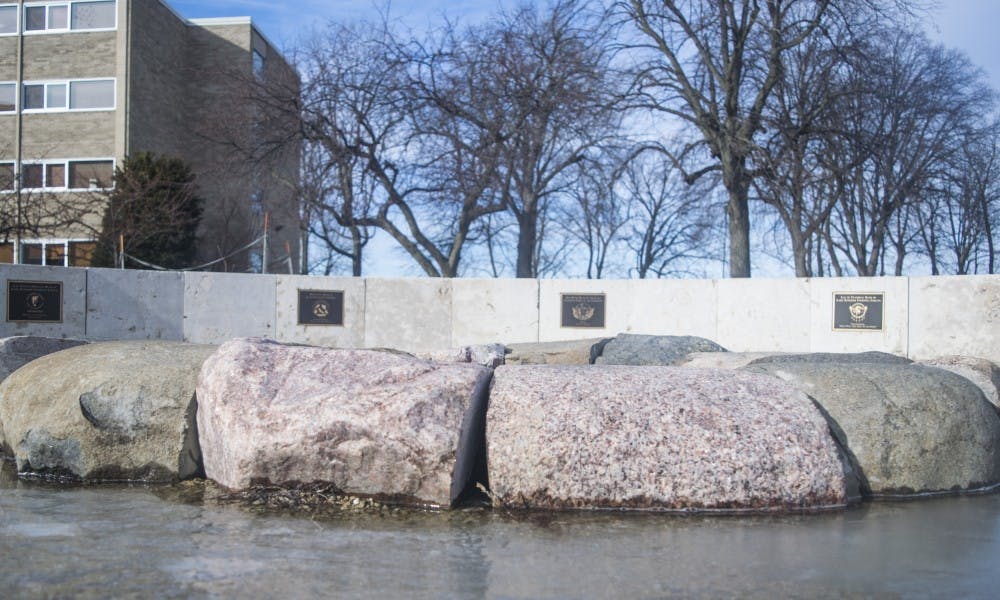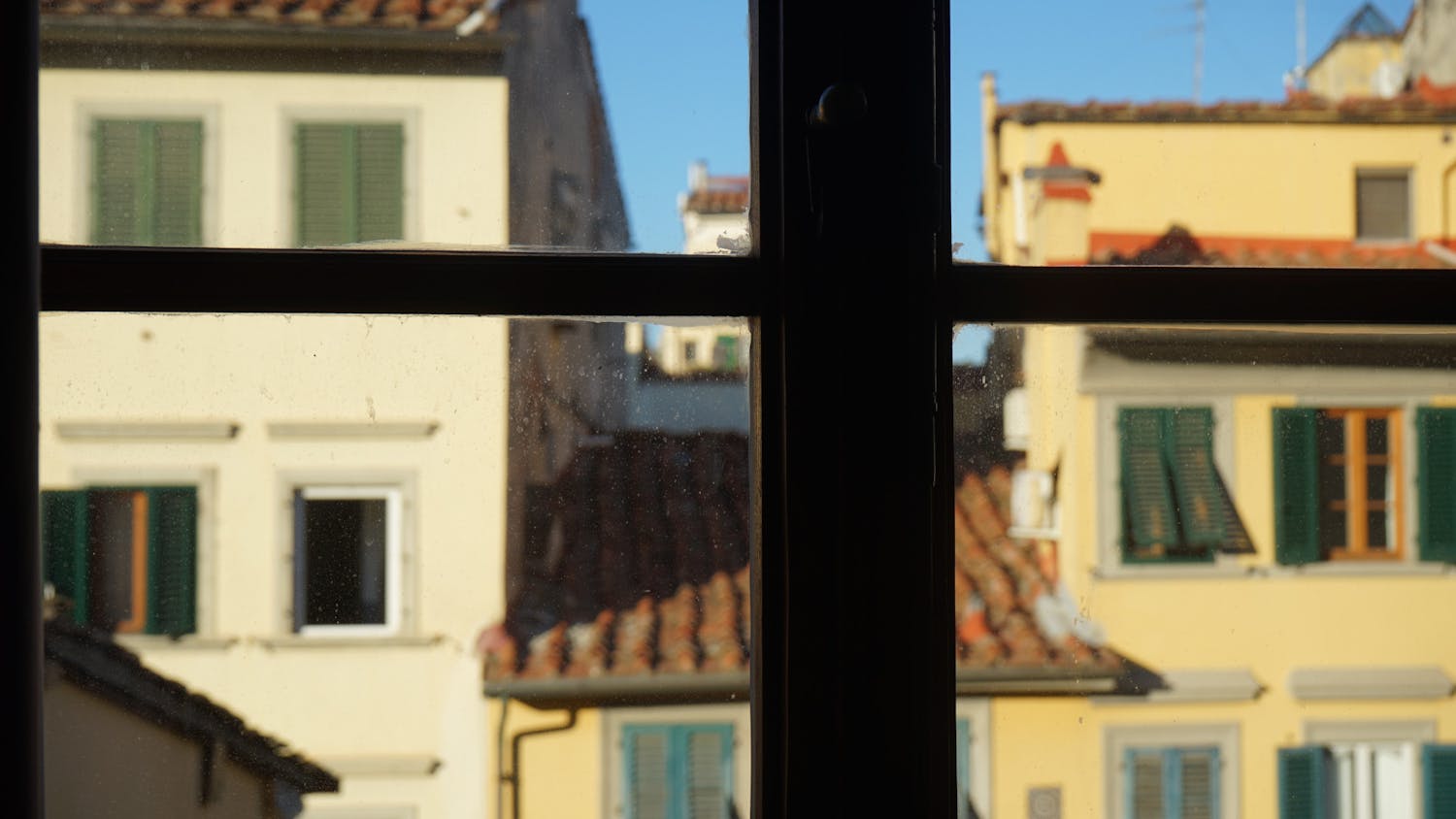Madison, like much of Wisconsin, was the land of Native Americans before European settlers colonized it. In the early 1800s, what is now Madison was known as “the land of the four lakes” and belonged to the Ho-Chunk nation. Fast forward nearly 200 years later and Madison has practically erased any history of the Ho-Chunk that called it home for much longer than we have.
In 2012, however, UW-Madison built a palatial new residence hall in the Lakeshore neighborhood of campus naming it Dejope in honor of what the Ho-Chunk Nation has called the Madison area for centuries. The decision for this dorm to be dedicated to honoring Madison’s Native history was made due to its proximity to the Willow Drive Effigy mound group, according to university spokesperson Meredith McGlone. Within Dejope, there’s much to honor Wisconsin and Madison’s connection to Native history — Four Lakes Market, the Lake Mendota room, a traditionally crafted canoe that hangs above the dining area and many plaques educating residents and visitors about the Ho-Chunk and other tribes of the surrounding area.
Dejope is a shining example of how the university should not only be open about, but also honor its Native culture. However, UW-Madison gives the impression that such commemoration is not always acceptable.
Within the last 10 years, a slew of new buildings have been constructed on campus — Gordon Dining and Event Center, Smith, Ogg, Leopold and Dejope residence halls, Union South and the Wisconsin Institute for Discovery, to name a few. The majority of these buildings are in the Southeast neighborhood of UW-Madison’s campus, which sees more visitors and traffic. With all of these new buildings, however, none of them other than Dejope honor or even mention the Ho-Chunk or other Native nations in any way. According to McGlone, there is a plan to honor First Nation tribes in the way of plaques around the Southeast portion of campus, something that is long overdue, but nonetheless a step in the right direction. These signs are not yet posted, but there are plans to do so this semester. This is a prime example of how Dejope has become the university’s token of Native American respect, acceptance and honorarium. One building is not enough to be respectful of our Native history.
While extremely respectful and tactful in the way it honors the Ho-Chunk and other tribes, Dejope has been pushed to the furthest edge of campus and is therefore visited mostly by freshmen students who live in the Lakeshore neighborhood. Dejope is more than a mile away from the heart of campus — there is little reason for students who don’t reside in Lakeshore to make the trek down University Ave. or the Lakeshore path. The massive distance between the larger Madison community and Dejope, coupled with a severe lack of other Native history or commemoration on campus, shows that truly bridging the gap between current times and Madison’s Native history is not a true priority for UW-Madison.
This lack of priority given to Native American history and community on campus is not only seen in our campus buildings. The iconic Abraham Lincoln statue that sits atop Bascom Hill is a campus fixture. Students climb the hill in order to rub Abe’s foot before going to an exam and sit on his lap after graduation. However, there is no public recognition of the mass execution of 38 Sioux which Lincoln ordered — the largest execution in American history.
Native American communities and their supporters have been calling for campus administrators to put a plaque on the Abraham Lincoln statue acknowledging Lincoln’s controversial history. UW-Madison Chancellor Rebecca Blank, though, shared with the Daily Cardinal in October that the university has no plans to do so.
Why is it acceptable for our campus to acknowledge and honor Native American history and culture in one place, but not in another? Just because a certain part of the university’s history is not something we are proud of doesn’t mean it can simply be erased and smoothed over. While Dejope is a step in the right direction for our campus’s treatment and acknowledgment of our connections to Native American communities, we need to do more. A residence hall in a tucked away corner on campus is not going to bring the awareness and education that is deserved in this situation, and delaying the installment of mere plaques where they will be seen by the masses is abhorrent. One building and some metal is not enough.
Cardinal View editorials represent The Daily Cardinal’s organizational opinion. Each editorial is crafted independent of news coverage. Do you think Dejope is an example of tokenism? Should there be more Native American representation on campus? Send all comments to editorialboard@dailycardinal.com.






